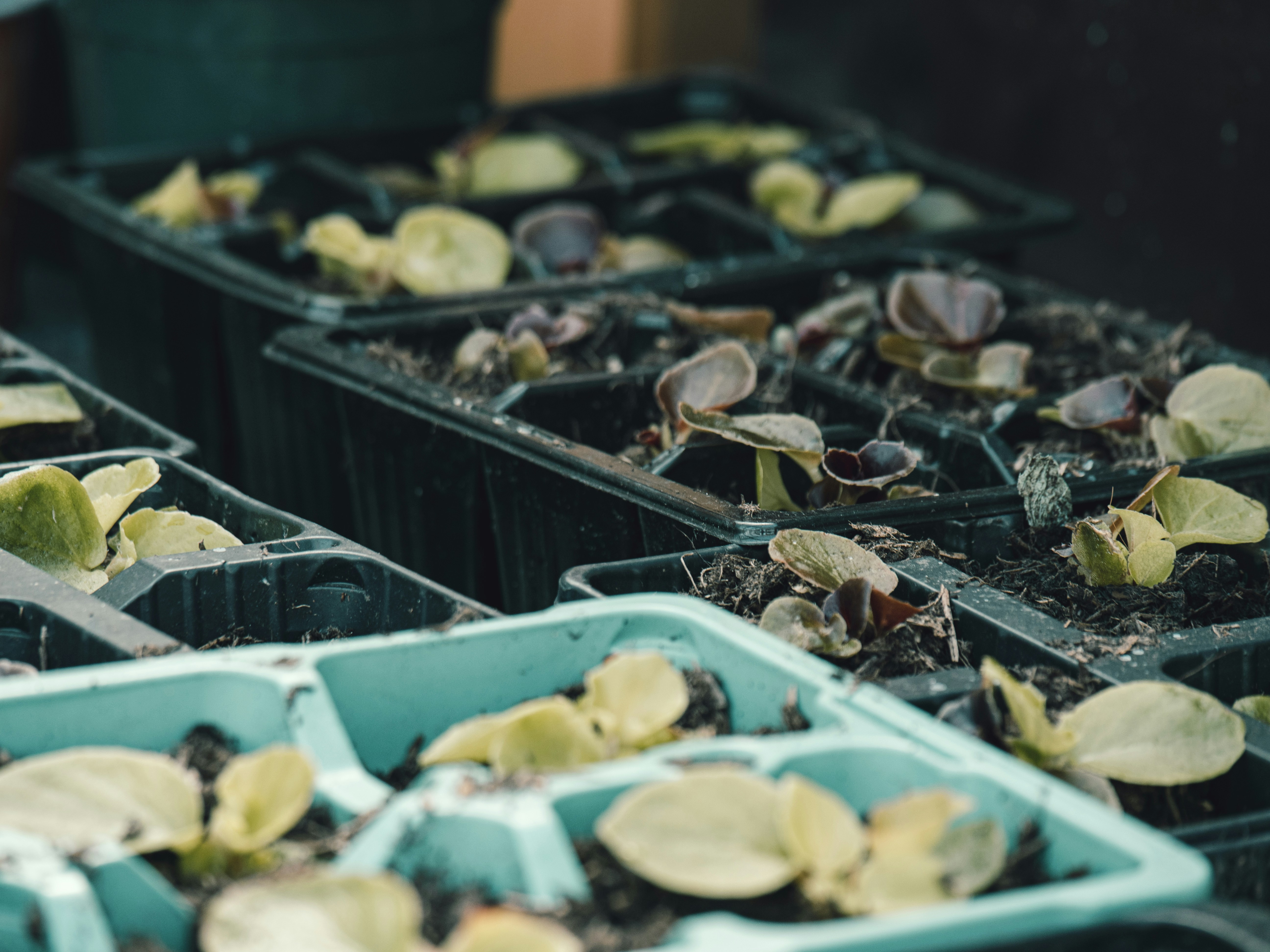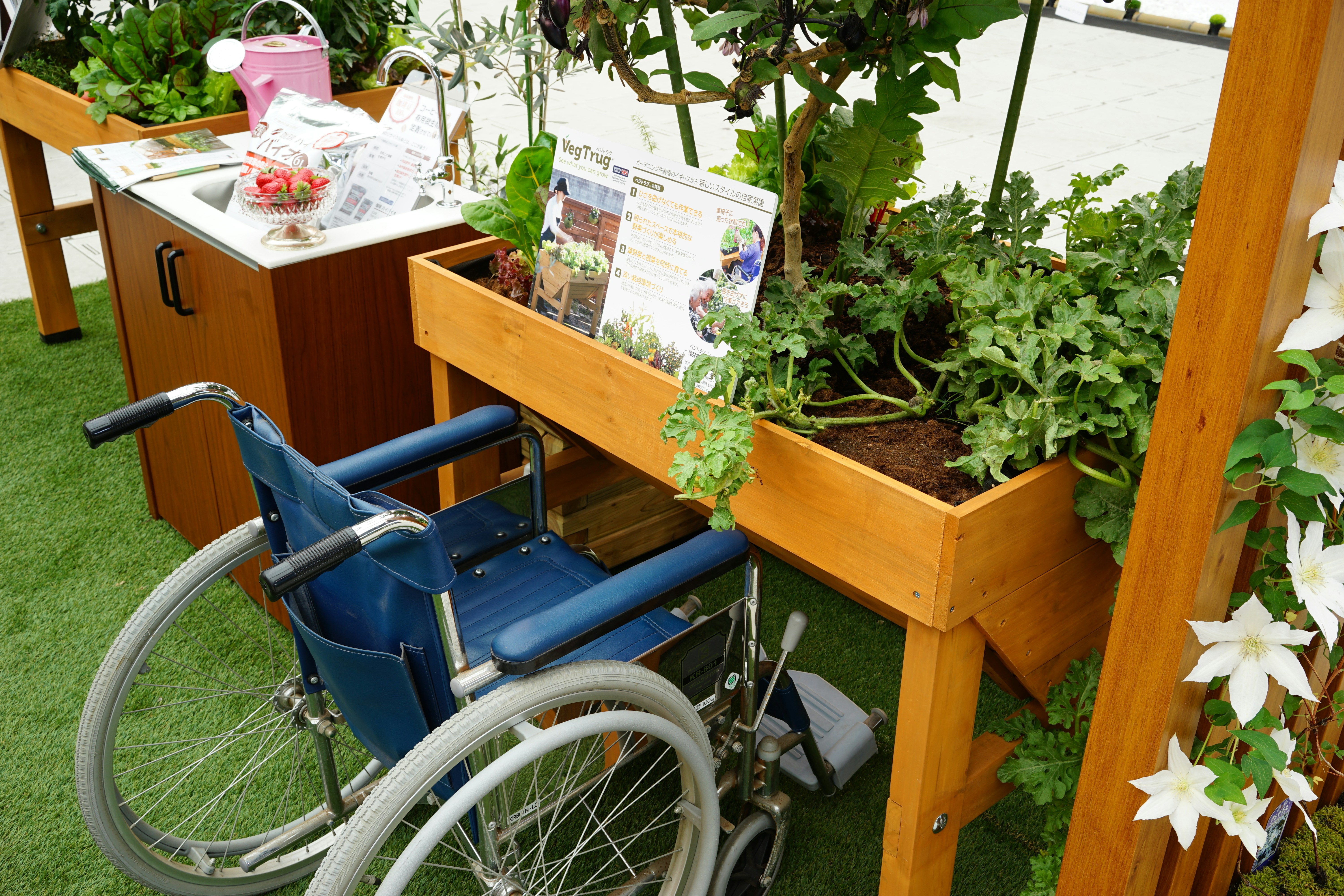Introduction: What is Hardening Off?
Hardening off is a critical horticultural process that involves gradually acclimatizing indoor seedlings to the outdoor environment. This essential step is often overlooked by gardeners, yet it plays a crucial role in ensuring the successful transfer of young plants from controlled indoor conditions to the unpredictable circumstances of the garden. Without proper hardening off, seedlings may experience significant stress, hindering their growth and leading to potential failure in establishing themselves outside.
The principle behind hardening off is to expose seedlings to the various environmental factors they will encounter outdoors, such as fluctuating temperatures, direct sunlight, wind, and moisture levels. By gradually introducing these elements, gardeners help plants adapt effectively, reducing the chances of transplant shock. Typically, this process involves starting with short periods of outdoor exposure, gradually increasing the time spent outside over a week or two. This systematic acclimatization allows the seedlings to strengthen their stems and develop protective mechanisms, preparing them for the rigors of the outside world.
During hardening off, it’s essential to consider the specific needs of each plant variety. Some seedlings may require more time to adjust to bright sunlight, while others may have different moisture requirements. Monitoring weather conditions, such as extreme temperatures or heavy winds, and adjusting the hardening-off schedule accordingly is vital for ensuring positive outcomes. This careful transition paves the way for vibrant, healthy plants that can thrive once transplanted into their permanent garden spots.
In conclusion, understanding the significance of hardening off can greatly enhance the success rate of transplanting seedlings. By recognizing this pivotal stage in plant development, gardeners can promote robust growth and longevity in their outdoor gardens.
Why Hardening Off is Crucial
Hardening off seedlings is a vital gardening practice that should not be taken lightly. The process involves gradually acclimatizing plants to outdoor conditions, ultimately mitigating the risks associated with transplant shock. Transplant shock occurs when seedlings experience shock from sudden exposure to new environments, which can lead to wilting, stunted growth, or even death if left unaddressed. This gradual introduction to outdoor life forms a crucial part of the seedling’s development, ensuring they enter their new surroundings with a higher chance of survival.
During the hardening off phase, several physiological changes take place within the seedlings. For instance, exposure to natural sunlight, varying temperatures, and wind conditions prompts the plants to develop thicker and stronger stems. As seedlings are transitioned from the protection of indoor conditions, they begin to fortify their cellular structures. This adaptation is essential for the plants’ ability to withstand challenges such as wind and changing weather patterns in their final growing environments.
Moreover, the hardening off process encourages seedlings to enhance their root systems. As seedlings adjust to outdoor conditions, their roots become more established, fostering a stronger connection to the soil and improving nutrient uptake. This enriched root system is vital for sustained growth and robustness as the plants mature. Through careful management of exposure to sunlight, watering, and temperature fluctuations, gardeners can significantly improve the resilience of their seedlings.
Ultimately, neglecting to harden off seedlings can jeopardize their health and negatively impact garden yields. Ensuring a successful transition to outdoor conditions not only promotes plant resilience but also contributes to a thriving garden environment. Therefore, embracing the hardening off process is a step that every dedicated gardener should prioritize for the long-term success of their plants.
When to Start Hardening Off
Hardening off is a crucial step in the gardening process that involves gradually acclimating seedlings to outdoor conditions before transplanting them into the garden. The ideal time to start hardening off your plants is typically 1-2 weeks prior to the intended transplanting date. This timeline allows sufficient opportunity for the seedlings to adjust to the varying light, temperature, and moisture levels they will encounter outside.
Timing plays a pivotal role in successful hardening off. It is imperative to consider your local climate, as well as the specific needs of the plant species you are working with. For instance, if you reside in an area with unpredictable late frosts, it’s vital to monitor the forecast and plan your hardening off process accordingly. Young plants are particularly sensitive to drastic changes in temperature and sunlight. Therefore, beginning the hardening off process when nighttime temperatures are consistently above 50°F (10°C) can help prevent transplant shock.
Different plant types may require varying durations for hardening off. Warm-season crops such as tomatoes and peppers tend to be more sensitive and may need the full two weeks, while cold-hardy vegetables like lettuce and kale can often adapt to outdoor conditions faster and may need only a week. The key is to gradually expose your plants to increased sunlight and wind, starting with just a few hours each day and slowly increasing their time outdoors over the course of the hardening off period. Ultimately, a well-timed hardening off process is essential for ensuring that your seedlings thrive when they are finally transplanted into your garden, promoting growth and productivity in the growing season ahead.
How to Successfully Harden Off Seedlings
Harden off seedlings is a crucial process that prepares young plants for their transition from indoor environments to the harsher conditions found outdoors. This acclimatization process is essential, as it significantly reduces transplant shock. To successfully harden off seedlings, gardeners should follow a structured approach, commencing with the initial few days of acclimatization.
Start this process by placing your seedlings in a shaded area outdoors for a couple of hours. During this time, ensure that they are shielded from direct sunlight and strong winds. This gradual exposure helps the plants adjust gradually and minimizes stress. For the first few days, aim to extend their outdoor time incrementally, only introducing them to a few hours of direct sunlight after they seem comfortable in the shade.
As the seedlings begin to acclimate, you can gradually increase their exposure to sunlight. Each day, extend the time they spend outside and slowly introduce them to morning sun before transitioning to afternoon light. Monitor their reaction carefully—leaves that appear scorched or droopy indicate the need for reduced exposure. Wind can also be a factor; gentle breezes will help strengthen stems, but strong gusts should be avoided initially.
It is often advisable to bring seedlings back indoors at night during the early stages of hardening off. This practice protects them from unexpected cold temperatures. Keep an eye on weather forecasts, as nights can turn chilly, which is especially crucial for tender plants. Common mistakes include rushing the hardening off process or neglecting to monitor environmental conditions that may be too harsh for the seedlings.
Lastly, remember that indoor and outdoor seedlings may require different hardening off procedures; for example, outdoor seedlings may already have some resistance to outdoor elements, thus requiring less acclimatization than those grown entirely indoors. By understanding these nuances, you can enhance your gardening success and foster robust, thriving plants.



